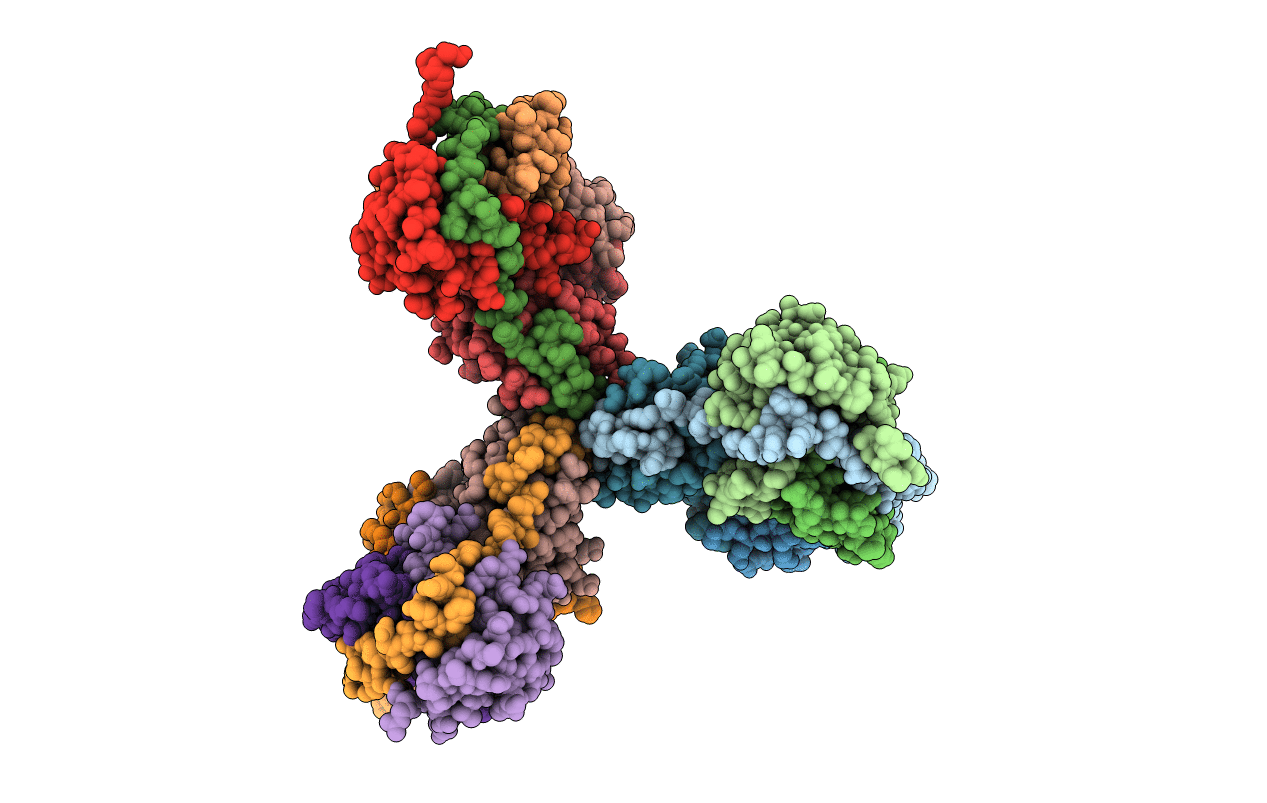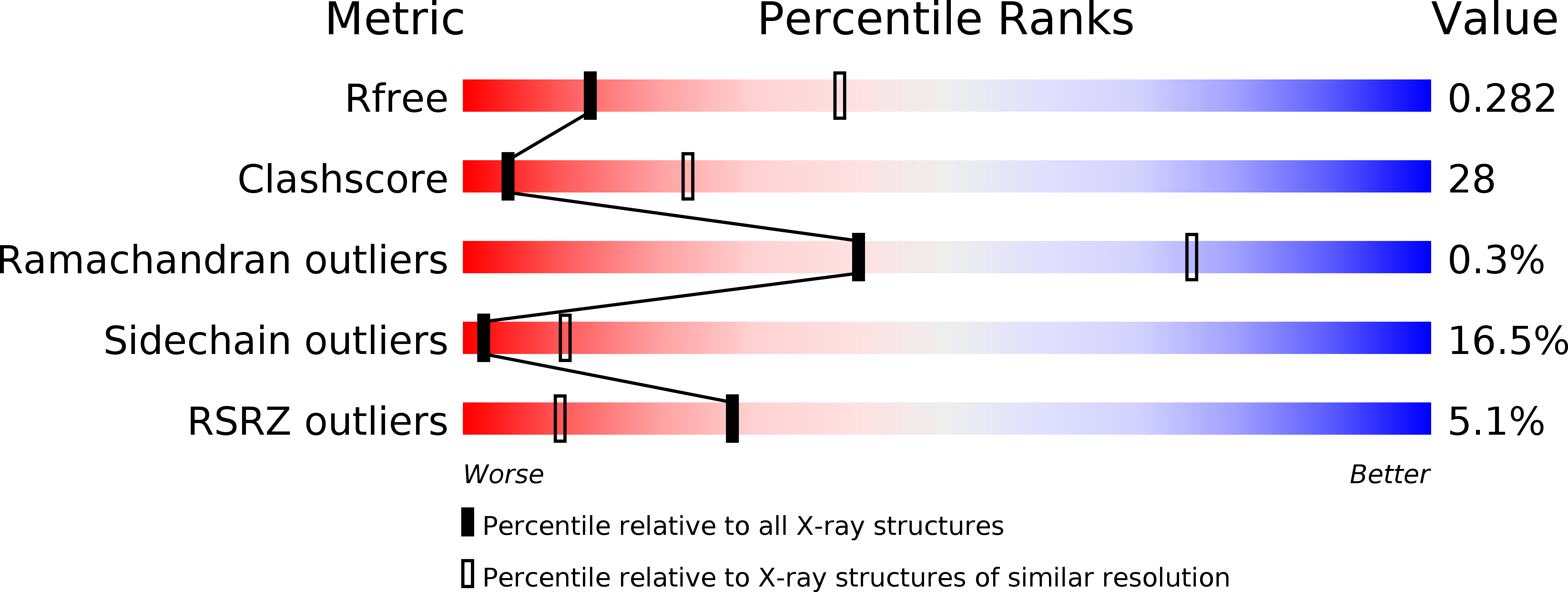
Deposition Date
2017-10-12
Release Date
2019-01-23
Last Version Date
2024-03-27
Method Details:
Experimental Method:
Resolution:
3.01 Å
R-Value Free:
0.28
R-Value Work:
0.22
R-Value Observed:
0.22
Space Group:
P 61 2 2


